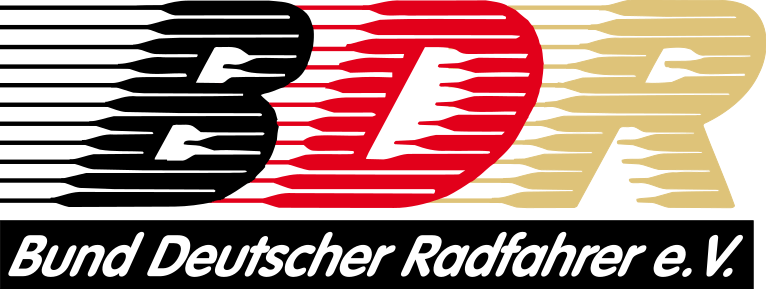Pre- or percooling by ice slurry ingestion to improve cycling time trial performance in the heat
(Vorkühlung und Kühlung während der Belastung mittels Aufnahme eines Eisbreis zur Verbesserung der Radzeitfahrleistung in der Hitze)
Introduction: The ingestion of ice slurry has become a popular way of cooling to improve endurance exercise performance in the heat. Consuming ice slurry can take place before exercise (precooling) or during exercise (percooling) and it has been shown that both methods can be beneficial for performance (Bongers et al., 2015). However, at this moment it is still unclear which regime should be preferred: pre- or percooling. Therefore, the aim of this study is to compare the effect of precooling and percooling by ice slurry ingestion on performance during a 30-km cycling time trial in the heat.
Methods: Ten experienced, trained cyclists (age: 27 ± 9 years, body mass: 77 ± 8 kg, VO2max: 58 ± 4 ml/kg/min) performed one maximal incremental exercise test, one 30-km familiarisation time trial and two experimental 30-km cycling time trials in the heat (29.9 ± 0.5°C, relative humidity: 38 ± 7%). The cycling time trials were preceded by the Lamberts and Lambert Submaximal Cycling Test (LSCT: Lamberts et al., 2011) as a warm-up. The participants ingested 7.5 g/kg body mass ice slurry during the LSCT (PRE) or during the cycling time trial (PER). Power output (PO), rectal temperature (Tre), mean skin temperature (Tsk), heart rate (HR), rating of perceived exertion (RPE), thermal sensation (TS) and thermal comfort (TC) were measured.
Results: Finish time of the time trial did not differ between conditions (PRE: 2752 ± 133 s, PER: 2739 ± 176 s; P=0.65). In line with this, PO was similar (PRE: 257 ± 36 W, PER: 263 ± 43 W; P=0.39). A statistical trend was observed towards a difference in pacing pattern between PRE and PER (interaction-effect: P=0.08), displayed by a higher PO towards the end of the time trial in PER. Mean HR during the time trial was similar for PRE and PER (P=0.27). Precooling did not result in a lower Tre at the start of the time trial (PRE: 37.9 ± 0.3°C, PER: 37.9 ± 0.3°C; P=0.66) but the increase in Tre during the time trial was smaller in PER than in PRE (P=0.008). Tsk and RPE were similar during the time trial for both conditions (P=0.93 and P=0.83, respectively) whereas TS and TC during the time trial were higher for PRE than for PER in the last 10 km.
Discussion: No difference was observed in performance during a 30-km cycling time trial in the heat between precooling or percooling. Therefore, the moment of ice slurry ingestion, either before or during a cycling time trial, appears to be irrelevant.
© Copyright 2016 21st Annual Congress of the European College of Sport Science (ECSS), Vienna, 6. -9. July 2016. Veröffentlicht von University of Vienna. Alle Rechte vorbehalten.
| Schlagworte: | Radsport Ausdauerdisziplinen Physiotherapie Methode Flüssigkeit Temperatur Ernährung Relation Leistung |
|---|---|
| Notationen: | Ausdauersportarten Biowissenschaften und Sportmedizin |
| Veröffentlicht in: | 21st Annual Congress of the European College of Sport Science (ECSS), Vienna, 6. -9. July 2016 |
| Herausgeber: | A. Baca, B. Wessner, R. Diketmüller, H. Tschan, M. Hofmann, P. Kornfeind, E. Tsolakidis |
| Veröffentlicht: |
Wien
University of Vienna
2016
|
| Seiten: | 544 |
| Dokumentenarten: | Kongressband, Tagungsbericht |
| Sprache: | Englisch |
| Level: | hoch |
